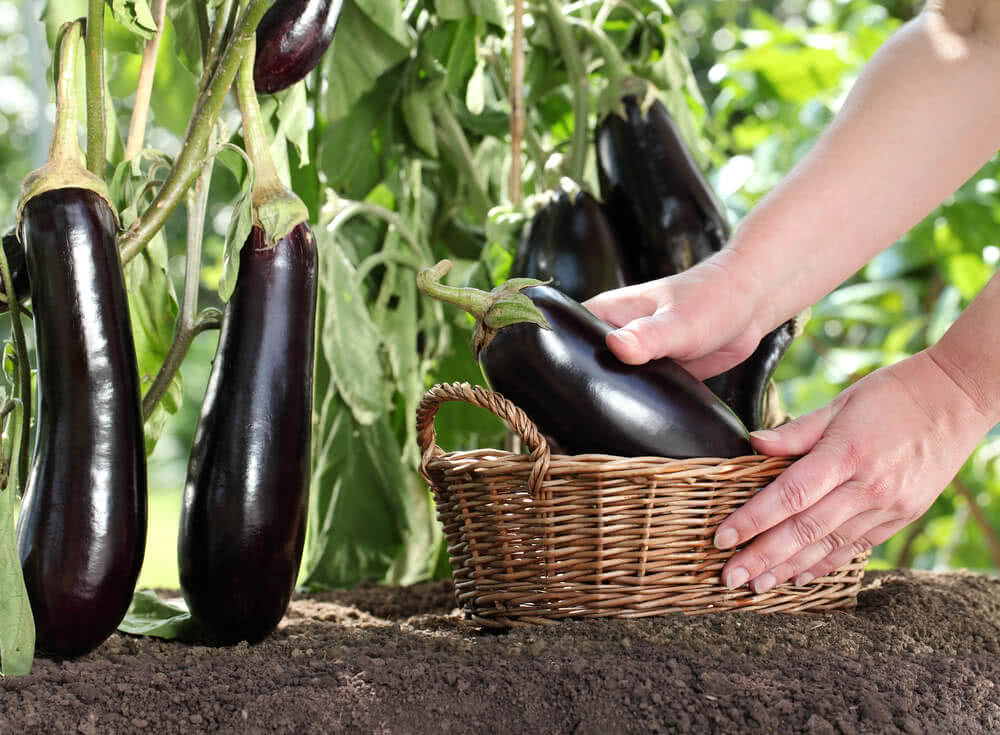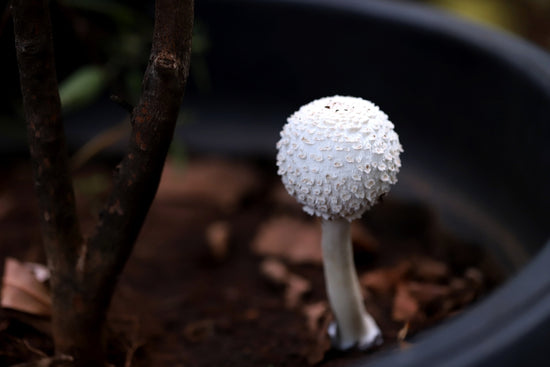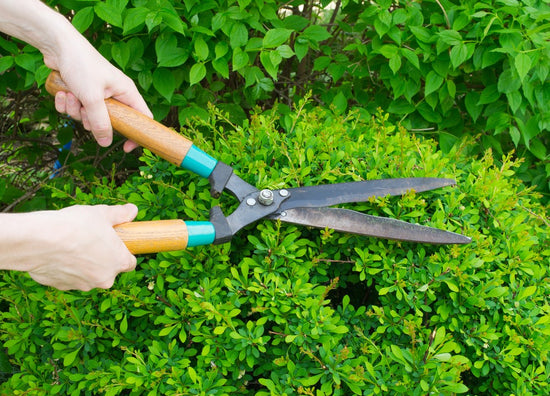Eggplants enjoy the heat and are perfect for growing in the Indian home garden. You may know them as the perfectly pear-shaped distinctly purple vegetable, but they do come in other varieties. They can be white, lavender, violet, have an elongated or even a diminutive shape. Shop for variety of eggplants.
Whichever way you do decide to go, it’s no doubt that you’ll enjoy growing the eggplant.

Here’s what you need to know about growing & harvesting the eggplant:
1. Plant, Soil and Seed Requirement of Eggplant:
The most optimum time to plant eggplant seeds is about six to nine weeks before the last frost. Keep the seeds in water overnight to encourage germination. Then, sow them in loose, fine, well-aerated soil that has good drainage at a depth of about ¼ inches.
Maintain some heat and keep the area warm at about 80° to 90°F. Water the plant well and also provide the seeds with compost tea to keep the area fertile. Keep these conditions stable for the 8 to 10 days - that is the minimum time required for the plant to sprout. Read more on how to grow brinjal.

2. Transplanting Eggplant After Germination:
Once you start to see the plant above ground, then transplant it to an appropriately bigger pot or a larger bed of soil. After the plant has been in its new location for a few days, check for and remove any weeds that grow.
Once the first few flowers develop, pinch them off. This will encourage the plant to put more energy into developing more fruiting flowers and branches that can sustain them. Also, keep the area as warm as possible through a constant supply of mulch and compost. Buy cow dung manure online.

3. Preventing Pesky Pests:
The worst enemy of the eggplant is the flea beetle. It can quickly chew through your hard work and reduce your efforts to dust. To avoid this infestation, spray your eggplants with kaolin clay and re-spray after every rainfall.Alternatively, you cover your plants with a row cover when the plant is newly germinated. This protective layer will be installed like a tent and supported using wire hoops. Buy pesticides online in India.

4. Harvesting your eggplants
You will know that an eggplant is ripe for harvest when its skin attains a shiny gloss like finish. To further test it, push the surface of the skin. If the indentation you made springs back, then the vegetable isn’t ripe and vice versa. The actual harvesting of the plant isn’t a complicated process.
Clip the vegetable at the stem using good quality pruning shears but keep the cap of the plant and approximately one inch of the stem. Just keep an eye out for the small thorns that tend to grow on some varieties of eggplants. They can irritate the skin.

You can keep this eggplant in the fridge for about two weeks. To know if the vegetable is past its “use by” date, cut it open and see if the seeds have turned brown. If they have, then avoid using it because it tends to taste quite bitter.

And that’s all you need to know about the eggplant, happy growing!










